
You might not have known that 2019’s Pixel is actually the second most powerful in the Made by Google smartphone series. Yes, the Pixel 4 is only surpassed by the recently released Pixel 6 in terms of raw power.
If you were unaware, that’s likely no fault of yours. In 2020, the Pixel 5 and Pixel 4a 5G offered mid-range internals that meant a confusing situation whereby the previous generation — the Pixel 4 and 4 XL — actually offered greater under-the-hood grunt than the latest generation.
Google suggested that 5G was the reason for this, but it felt a little painful when fans expected a top tier flagship phone with a flagship processor. Although the Pixel 4 and 4 XL had problems, they remain at #2 in the Pixer power charts now that the Pixel 6 and 6 Pro have arrived.
We’re here to directly compare 2019’s best against 2021’s best to work out whether an upgrade is warranted or if you should stick with your existing smartphone. Let’s compare the Pixel 4 series to the Pixel 6 series and see just how things look.
Table of contents
Video — Google Pixel 4 vs. Pixel 6: Powerhouse Pixels face-off
Subscribe to 9to5Google on YouTube for more videos
Hardware & Internals
On paper, there is quite a big gulf between the Pixel 4 and Pixel 6 series. However, as we all know it’s a little more nuanced when it comes to Pixel hardware. There is one obvious standout smartphone in the lineup here — namely the Pixel 6 Pro.
It’s the biggest and arguably best Made by Google smartphone to date with few compromises to speak of. Conversely, the Pixel 4 may be a nicely crafted smartphone but it is held back by a borderline offensive battery capacity. Benchmarks suggest that the Pixel 6 Pro, in particular, is substantially faster than the Pixel 4 in just about every area in which these kinds of tests directly compare devices.
| Google Pixel 4 | Google Pixel 4 XL | Google Pixel 6 | Google Pixel 6 Pro | |
| Size | 5.7-inches | 6.3-inches | 6.4 inches | 6.71-inches |
| Display | 90Hz / FHD+ / Gorilla Glass 5 | 90Hz / QHD+ / Gorilla Glass 5 | 90Hz / FHD+ / Gorilla Glass Victus | 120Hz / QHD+ / Gorilla Glass Victus |
| Chipset | Qualcomm Snapdragon 855 | Qualcomm Snapdragon 855 | Google Tensor | Google Tensor |
| RAM | 6GB DDR4 | 6GB DDR4 | 8GB DDR5 | 12GB DDR5 |
| Storage | 64/128GB UFS 2.1 | 64/128GB UFS 2.1 | 128 / 256 / 512GB UFS 3.1 | 128 / 256 / 512GB UFS 3.1 |
| Battery | 2,800mAh | 3,700mAh | 4,614mAh | 5,003mAh |
| Rear camera | 12.2MP wide / 16MP telephoto | 12.2MP wide / 16MP telephoto | 50MP wide / 12MP ultra-wide | 50MP wide / 12MP ultra-wide / 48MP telephoto |
| Front-facing camera | 8MP | 8MP | 8MP | 11.1MP |
| Biometrics | 3D Face Unlock | 3D Face Unlock | In-display fingerprint scanner | In-display fingerprint scanner |
| Colors | Just Black, Clearly White, Oh So Orange | Just Black, Clearly White, Oh So Orange | Sorta Seafoam, Kinda Coral, Stormy Black | Cloudy White, Sorta Sunny, Stormy Black |
The Pixel 4 and the smaller Pixel 6 in particular include some similar design traits. Matte black side rails are included, which is an excellent way to add grip and differentiate from a sea of similar smartphones. However, the footprint is greatly increased on the 2021 devices. You will have to decide if a sizeable step up is worthwhile as the Pixel 4 XL is dwarfed by the Pixel 6 Pro and compares more directly to the standard Pixel 6.
One of the biggest benefits to the newer models is not only the improved Tensor chipset but the inclusion of 5G connectivity. The Pixel 4 and 4 XL do not have access to the super-fast data networks and remain 4G-only. With the greater availability of 5G networks, this is now a reason to opt for such devices as it ensures you’ll be able to access faster data throughput in the coming years.
Update: Added note of DDR5 RAM usage within Pixel 6 and 6 Pro.
The RAM capacities also take a notable and important step up from 6GB to 8GB and 12GB on the Pixel 6 and 6 Pro respectively. While 6GB of RAM is acceptable, it could pose problems with future Android updates. You will likely notice some substantial speed and performance gain courtesy of the move to UFS 3.1 storage and the RAM boost from DDR4 to DDR5 used within the Google Pixel 6 and 6 Pro. This will mean faster app loading times and in things like file transfers and it is apparent just which is the more powerful smartphone.
Since 2019, Google has adopted 90Hz refresh rates on all flagship-tier devices and but there are a few key differences you might want to be aware of. Firstly, the Pixel 4 and Pixel 6 include FHD+ displays while the Pixel 4 XL and Pixel 6 Pro include QHD+ displays. Only the Pixel 6 Pro comes with a 120Hz refresh rate and a curved screen while the others include more palatable flat panels.
Every UI interaction is smooth and precise no matter which smartphone you are using here but it’s a tale of forehead versus hole-punch. The Soli radar sensor and 3D face scanning technology packed into the Pixel 4 and 4 XL means that there is a substantial top bezel or “forehead”. This is not all that problematic and at least you do not lose any display space.
One the Pixel 6 and 6 Pro, you gain a centrally placed punch-hole notch. This too is not too much of an issue but it is more noticeable with certain UI portions and when watching videos or gaming in landscape mode. Tensor has other benefits in areas such as image processing and when gaming. You may notice higher framerates but the 90Hz displays on the Pixel 4/4 XL and Pixel 6 are very similar, despite the obvious size and shape differences. The Pixel 6 series has a slight edge, courtesy of higher maximum brightness levels.
In terms of design, similar materials are used across the entire lineup but there is a lot of difference in the execution. The frosted rear panel of the Pixel 4 and 4 XL makes way for glossy, lighter finishes on the Pixel 6 and 6 Pro. There’s also a substantial black camera bar rather than the squircle dual-camera bump found on the Pixel 4 series.
We’d say the Pixel 4 is more “approachable” but the Pixel 6 and particularly the Pixel 6 Pro feel more like the kind of flagships we see from other OEMs like Samsung and Xiaomi. Whether you care for one design or the other will be a personal decision. Audio and haptics are very similar between the Pixel 4 and Pixel 6 series and very hard to tell apart.
Software & Updates
Despite the hardware and age difference, the Pixel 4 and Pixel 6 series run the very latest Android 12 build and both will soon be eligible for the Android 12L Beta — and subsequent release in mid-2022. The core OS is identical but there are a few areas in which the devices differ quite substantially.
Because there is a Soli radar chip tucked inside the Pixel 4 and 4 XL’s top bezel, you can access hands-free controls and some extra features. Many of these are great additions but do not work quite as well for everyone. There is also the excellent Active Edge feature that lets you quickly access Google Assistant. This has been missing from all Pixel devices since the release of the Pixel 4a in late 2020 including the Pixel 6 and 6 Pro.
| Google Pixel 4 | Google Pixel 4 XL | Google Pixel 6 | Google Pixel 6 Pro | |
| Software | Shipped with Android 10 | Shipped with Android 10 | Shipped with Android 12 | Shipped with Android 12 |
| Features | Face Unlock Soli hands-free controls Active Edge | Face Unlock Soli hands-free controls Active Edge | In-display fingerprint scanner Magic Eraser Face Unblur Motion modes On-device Live translation | In-display fingerprint scanner Magic Eraser Face Unblur Motion modes On-device Live translation |
There is an optical in-display fingerprint scanner used on the Pixel 6 and 6 Pro, which is the sole biometric authentication method. Compared to other smartphones, this is slow and when compared directly to the Pixel 4’s Face Unlock it is very slow.
You can only expect one more upgrade to Android 13 with the Pixel 4 and 4 XL. Both devices will see the last update having shipped back in 2019 with Android 10 pre-installed. While the Pixel 6 and 6 Pro will be the most supported Google smartphones to date with 3 full OS upgrades and a total of 5 years of security updates included.
Many of the Pixel 6 series exclusive features are tied to the Tensor chip including Live Translation, Face Unblur, Motion modes and Magic Eraser. These features could come to older models including the Pixel 4 series via a Pixel Feature Drop but at this stage, it’s not entirely clear. These features are mainly focused upon the camera and associated software, which means that the Pixel 4 has an edge courtesy of the unique Soli-focused content.
Battery & Charging
Without even reeling off the inherent battery gains, it’s an easy win for the Pixel 6 series over the Pixel 4 when it comes to daily longevity. There is a substantial size increase with a massive 49% increase from Pixel 4 to Pixel 6 and a 30% increase from Pixel 4 XL to Pixel 6.
| Google Pixel 4 | Google Pixel 4 XL | Google Pixel 6 | Google Pixel 6 Pro | |
| Battery size | 2,800mAh | 3,700mAh | 4,614mAh | 5,003mAh |
| Charging speed | 18W wired 11W Qi wireless | 18W wired 11W Qi wireless | 30W wired 21W Qi wireless w/ Pixel Stand 2 5W reverse wireless | 30W wired 21W Qi wireless w/ Pixel Stand 2 5W reverse wireless |
You don’t need to disable features on the Pixel 6 or 6 Pro to attain all-day longevity, which is something that couldn’t be said with the Pixel 4 series — especially the smaller model. There are some reports online of mediocre battery on the Pixel 6 and 6 Pro but we’re seeing vastly improved lifespans compared to the Pixel 4 and 4 XL.
The Pixel 6 and the 6 Pro also include the fastest charging of any Made by Google phone to date. Google advertised the charge speeds at 30W but it appears to be much lower. Tests concluded that new Pixel devices can only charge at up to 22W. This isn’t the big jump over the 18W speeds that you’ll find on the Pixel 4 but the wireless charging speeds are said to be boosted to 23W with the dedicated Pixel Stand 2 – which as of November 9, is not yet available to purchase.
Elsewhere, the Pixel 4 stacks up fairly well even despite the smaller battery. The charging speeds are lower but it is mitigated by the decreased internal cell size. Reverse wireless charging is only available on the new hardware and allows you to charge an external device at up to 5W.
Cameras
The Pixel 6 series signifies the biggest leap in the camera setup and in conjunction with the return of the Pixel Neural Core, things take a substantial forward step over the previous generations. At the very heart of the new devices is the Samsung GN1 sensor. This 50-megapixel camera sensor means sharper photos but with added depth and improved natural bokeh effects.
As for the Pixel 4 series, these two devices were the first to ship with a telephoto zoom lens. Backed by Super Res Zoom, the results still hold up well courtesy of the 2x physical and 7x digital zoom. If you want an ultrawide lens, then you will need to upgrade as a wider sensor was not added until the Pixel 4a 5G and Pixel 5 in late 2020. The Pixel 6 continues that tradition but the Pixel 6 Pro is the only Google phone to include three focal lengths in one device.
| Google Pixel 4 | Google Pixel 4 XL | Google Pixel 6 | Google Pixel 6 Pro | |
| Main sensor | Sony IMX 363 12.2MP f1.7 aperture | Sony IMX 363 12.2MP f1.7 aperture | Samsung GN1 50MP f1.9 aperture | Samsung GN1 50MP f1.9 aperture |
| Secondary sensor | Sony IMX 481 16MP telephoto f2.4 aperture | Sony IMX 481 16MP telephoto f2.4 aperture | Sony IMX 386 12MP ultra-wide-angle f2.2 aperture 114˚ FOV | Sony IMX 386 12MP ultra-wide-angle f2.2 aperture 114˚ FOV |
| Tertiary sensor | — | — | — | Sony IMX 586 48MP telephoto f3.5 |
| Front-facing sensor | Sony IMX 520 8MP f2.0 aperture | Sony IMX 520 8MP f2.0 aperture | Sony IMX 355 8MP f2.0 | 11.1MP f/2.2 |
| Camera hardware features | OIS EIS PDAF | OIS EIS PDAF | OIS EIS PDAF | OIS EIS PDAF |
| Camera software features | Portrait mode 4K UHD 30fps 8x zoom Playground AR | Portrait mode 4K UHD 30fps 8x zoom Playground AR | Night Sight Portrait Portrait Light 4K UHD 60fps Live HDR+ Video Cinematic Pan Locked Focus Active mode | Night Sight Portrait Portrait Light 4K UHD 60fps Live HDR+ Video Cinematic Pan Locked Focus Active mode |
You will notice some fairly substantial differences between images taken on the newer, larger Samsung GN1 sensor but the Pixel 4 holds up incredibly well given its age and older Sony IMX 363 sensor.
One area where things are not quite as pronounced is with regard to image processing. The improved Pixel Neural Core is included as part of the Tensor chip, processing times are only marginally faster on the Pixel 6 than they are on the Pixel 4. There are some other benefits here though with real-time HDR effects when recording 4K video also available on the Pixel 6 that you will not find on the older hardware.
If you want more video features then it is highly recommended that you look towards the Pixel 6 and 6 Pro. This has always felt like an area that has been neglected slightly in favor of the still photo features and processing. However, it’s worth noting that the overall video capabilities and qualities are improved across the board on the Pixel 6.
Pixel 4 vs Pixel 6: Should you upgrade?

About upgrading: 9to5Google often gives specific product recommendations. Sometimes, we may suggest not upgrading, due to various reasons including, but not limited to: increased device cost, negligible performance gains, or environmental impact. Whether to upgrade is always your call, but our aim is to help you make as informed a decision as possible.
If you already own the Pixel 4 or 4 XL and have no long-standing battery issues or concerns, then the Pixel 6 series might be a harder sell than you would imagine. One could argue that despite the battery issues, the Pixel 4 series is pretty underrated. The hardware is great and either model is still very capable in almost all areas.
The Pixel 6 offers a marginal step up but the Pixel 6 Pro is much more of a forwards leap. It’s improved in just about all areas but comes with some compromises you might not want to make. It’s understandable that you might not want to give up Face Unlock or a flat display but you’ll gain the best Pixel camera set up to date and a big battery.
However, given that the Pixel 4 series is still technically the second most powerful Pixel to date, we’d actually recommend holding on a little longer. We’ll likely see even greater performance gains with devices powered by second-generation Tensor chips and you’ll see yet more pronounced and meaningful improvements across all areas.
Where can I get the best deal on the Pixel 6 or Pixel 6 Pro?
Are you insistent on getting the Pixel 6? If so, the Pixel 6 is actually proving hard to get right now. Ahead of Black Friday, the Pixel 6 retails for $599 in the US and can be purchased directly from Google, Amazon, Best Buy, Verizon, B&HPhoto, Target, AT&T, plus many more.
If you want the biggest Google flagship ever, then the Pixel 6 Pro is similarly hard to track down currently. You can try many of the same online or brick and mortar stores including Google, Amazon, Best Buy, Verizon, B&HPhoto, Target, AT&T, plus many more.
Alternatively, if you would prefer the Google Pixel 4 or 4 XL, both devices are available renewed or refurbished from multiple retailers including Amazon, Best Buy, Walmart and others. Alternatively, the mid-range Pixel 5a with 5G offers almost all of the same benefits as the Pixel 4 series for $449 at Amazon, the Google Store, and many more.
FTC: We use income earning auto affiliate links. More.
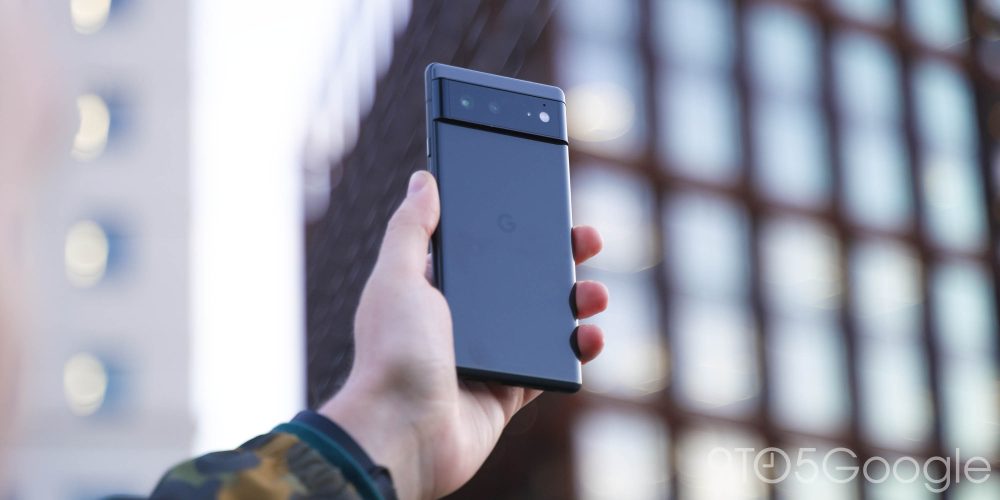
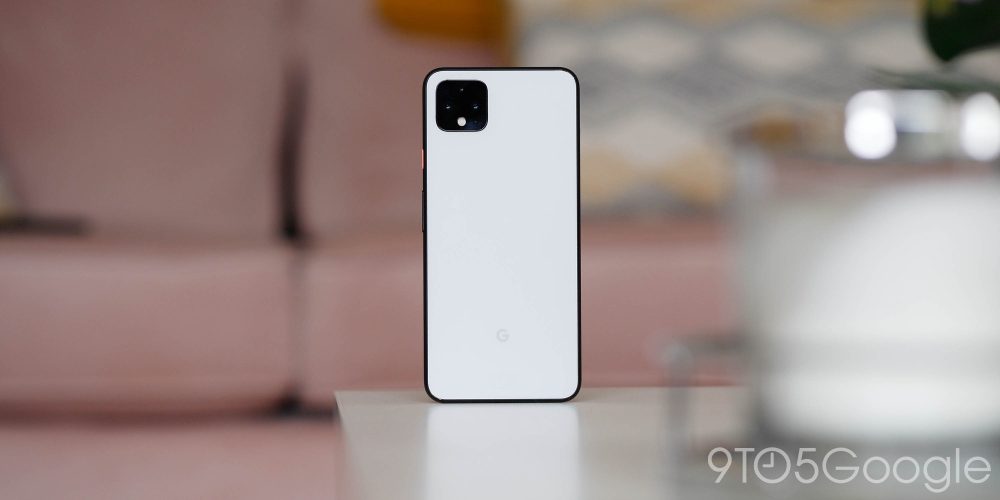
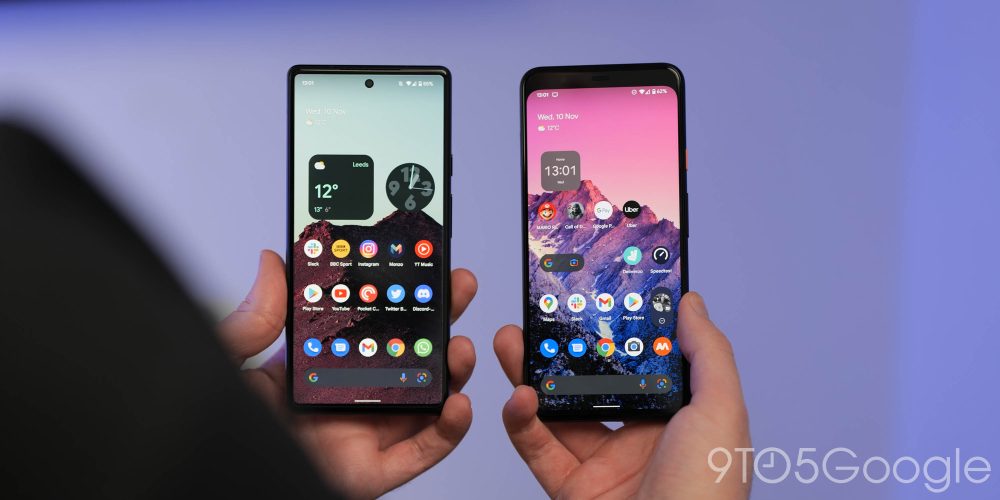
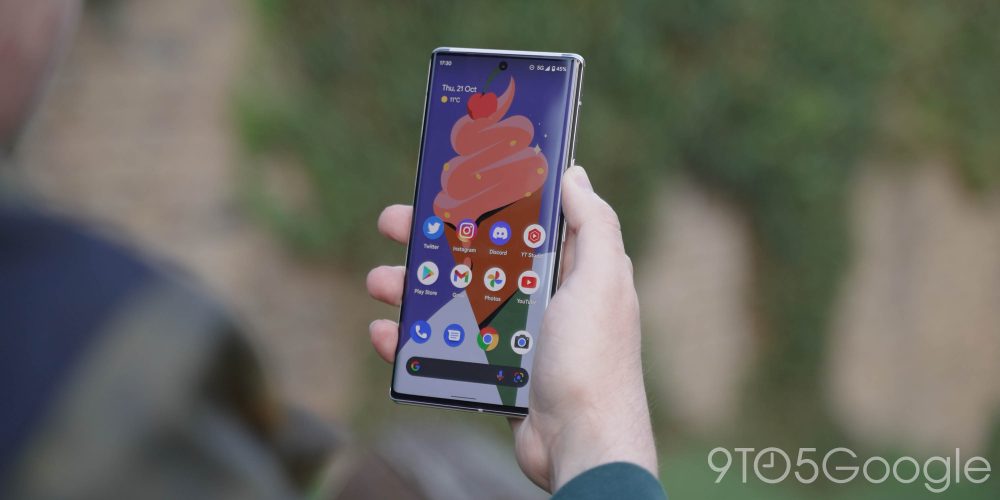
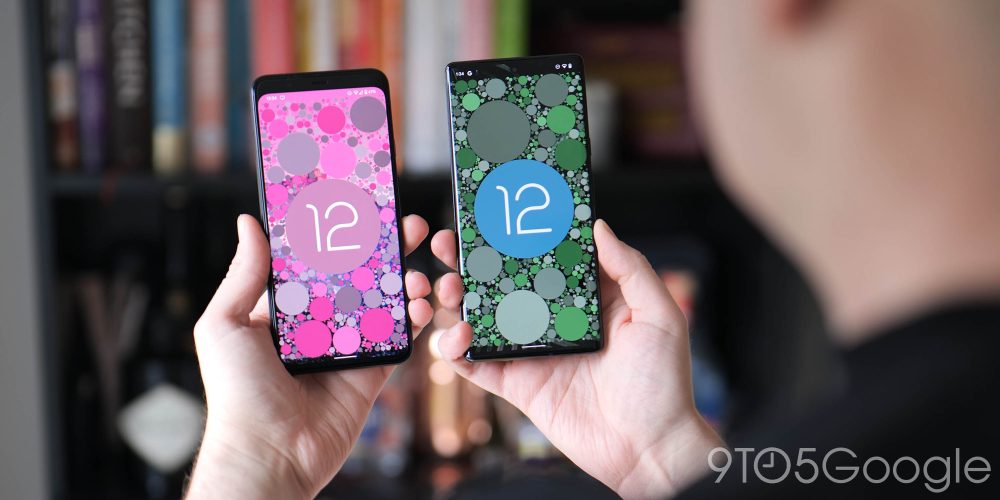
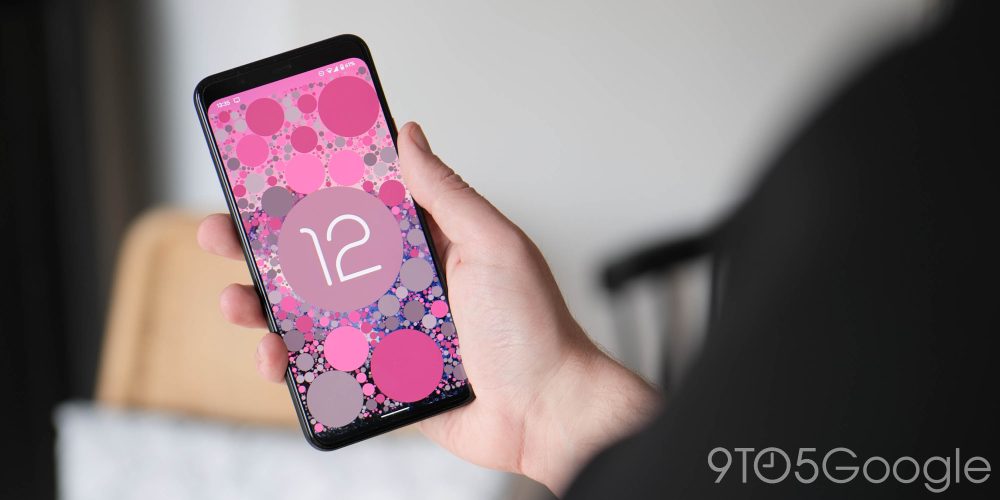
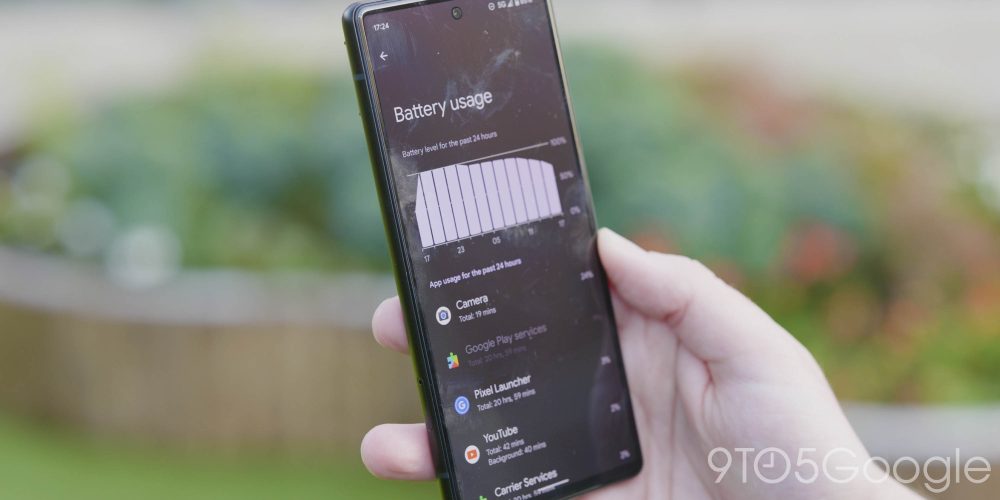
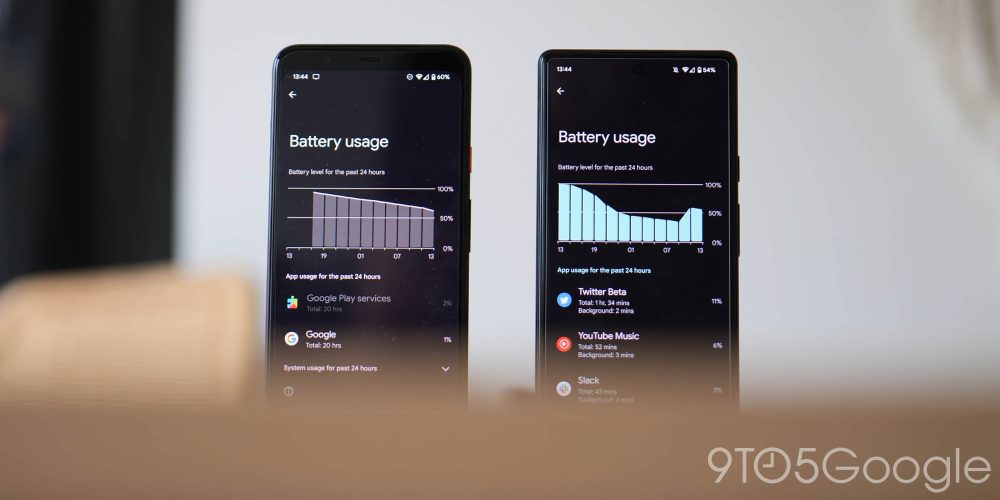
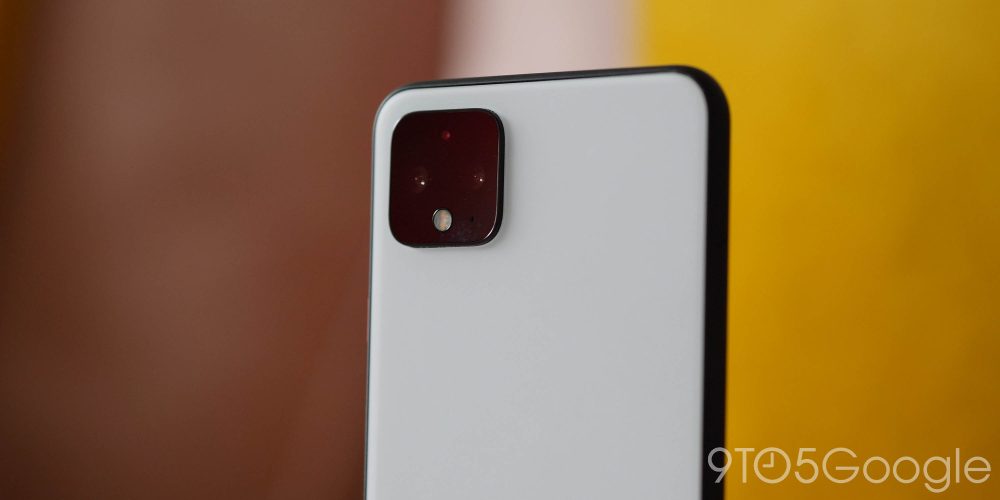
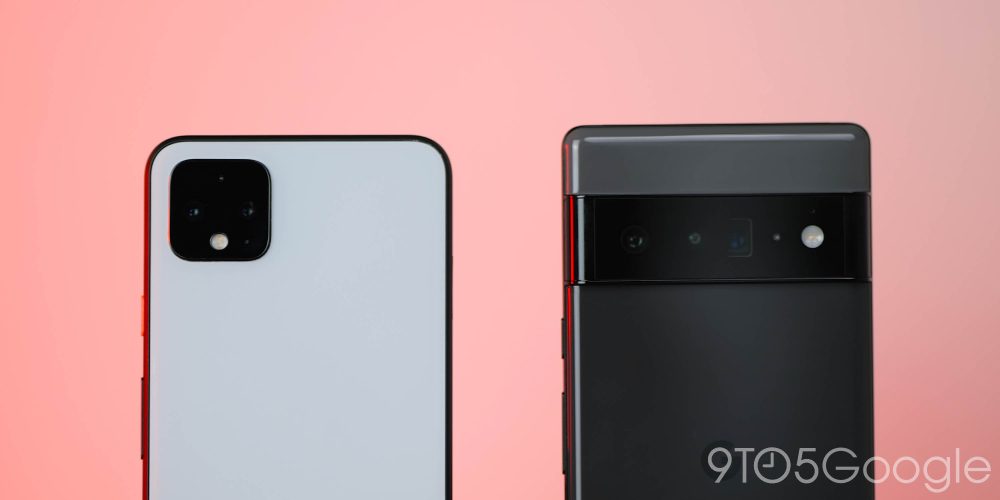


Comments